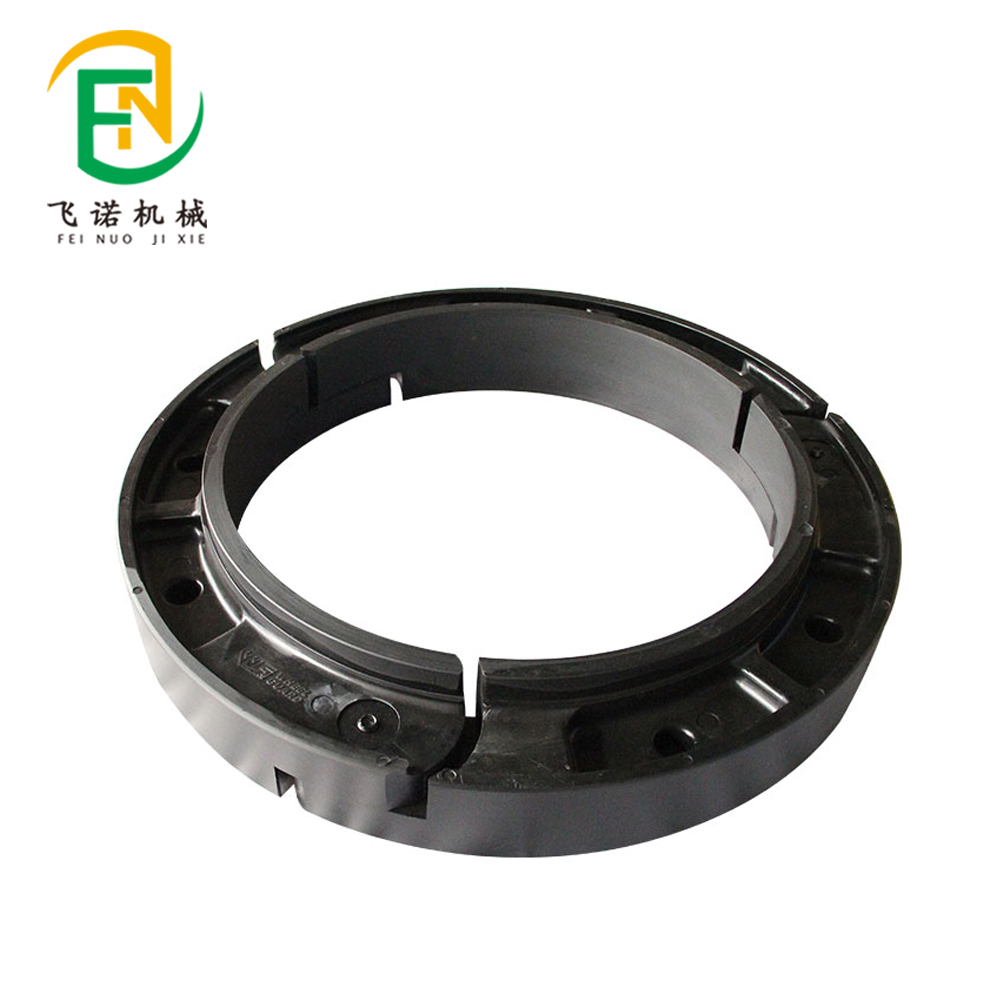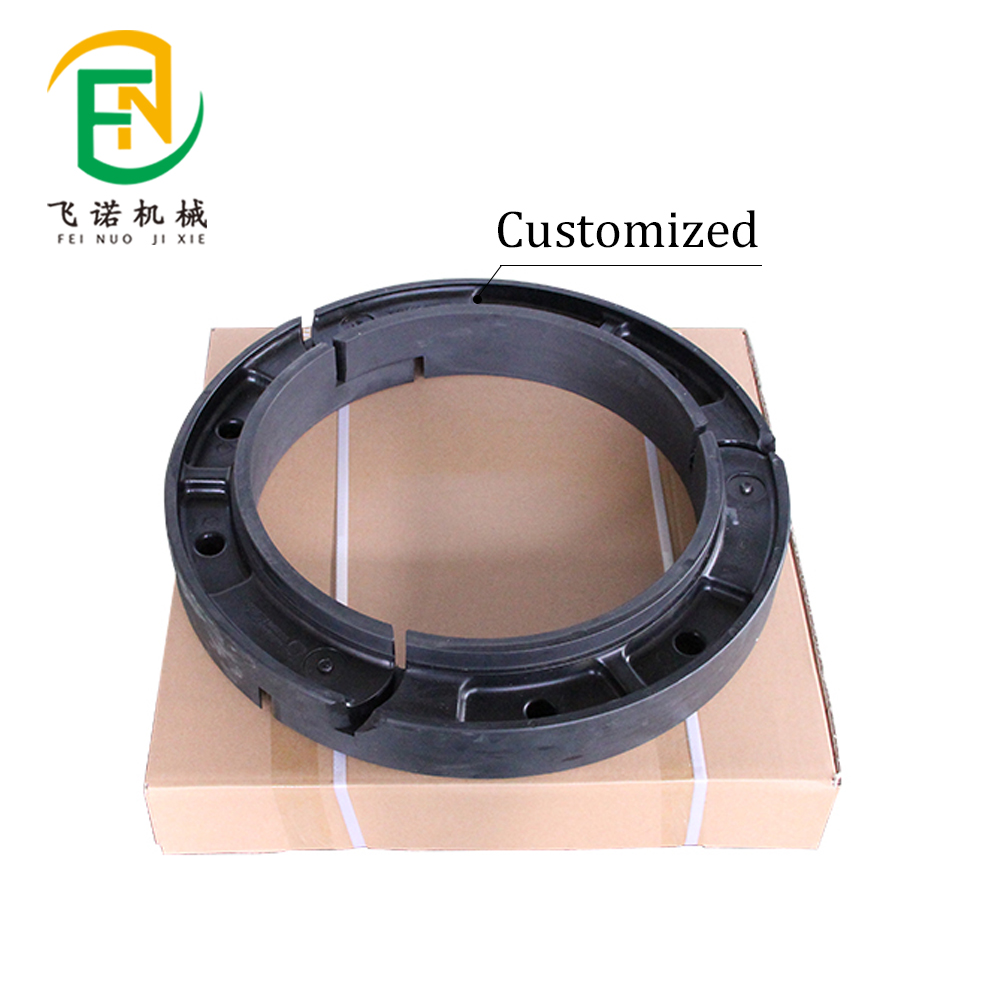- May 22, 2025
- Posted by: feinuojixie
- Category: Injection Molding News


When it comes to vehicle safety, few components are as crucial yet overlooked as the wheels. They’re not just the parts that help your car roll—they’re your first line of defense when things go wrong on the road. In recent years, run flat rim has emerged as a technology that challenges the dominance of the traditional wheel. Promising added safety and convenience, it offers drivers the ability to keep going even after a tire blowout. But is it really the better choice? This article dives deep into the debate between run flat rim and traditional wheel, helping you determine which one truly wins when it matters most.
What Are Run Flat Rims?
Run flat rim is a specialized wheel system designed to support a vehicle even when the tire loses air pressure. Unlike traditional setups that leave you stranded after a puncture, a run flat rim allows you to continue driving—typically up to 50 miles at reduced speeds. This is achieved through reinforced sidewalls or integrated support rings that maintain the shape of the tire in the event of a blowout. This technology is engineered to enhance driver safety and reduce the risk of losing control due to sudden air loss.


Traditional Wheels Explained
Traditional wheel, the standard in automotive design for decades, comprises a typical alloy or steel rim paired with a standard pneumatic tire. This setup offers a comfortable ride, wide availability, and easy maintenance. However, in the event of a flat, drivers must either replace the tire on the roadside or call for help. While this design may lack the fail-safe features of a run flat rim, it compensates with ride quality and affordability.
Key Differences Between Run Flat Rim and Traditional Wheel
The most noticeable difference lies in performance after a tire puncture. A run flat rim is designed to function temporarily without air, giving drivers enough time to reach a service station. In contrast, traditional wheel becomes inoperable once a tire is flat. Run flat rim typically weighs more due to reinforced components, which can slightly impact fuel efficiency. In terms of design, traditional wheel is more flexible in terms of tire selection and rim customization, while run flat rim often requires specific tire types.
Advantages of Run Flat Rim for Safety and Convenience
The standout advantage of run flat rim is peace of mind. It removes the immediate danger of pulling over on busy highways or in unsafe areas. Drivers don’t need to carry a spare tire, which frees up trunk space. For those who value safety and convenience—especially in urban environments or during long road trips—run flat rim offers a compelling solution. It also appeals to elderly drivers or those who may struggle with changing a tire manually.
Drawbacks of Run Flat Rim: What to Consider Before Switching
Despite its advantages, run flat rim isn’t without compromise. These rims typically cost more, and the replacement tires are pricier and less widely available. Ride comfort can be slightly compromised due to stiffer sidewalls. Additionally, once a run flat tire is punctured, it often cannot be repaired and must be replaced entirely. Drivers in rural areas may also face challenges finding compatible replacements quickly.
Why Traditional Wheel Still Has Loyal Users
Many drivers still prefer traditional wheel for its smooth ride and cost-effectiveness. Standard tires offer more cushioning, resulting in a softer feel on rough roads. Moreover, they can often be patched or repaired, unlike run flat counterparts. The widespread availability of tire shops, spare parts, and service knowledge makes traditional wheel a go-to for budget-conscious or mechanically inclined vehicle owners.
Run Flat Rim in Performance Vehicles: Are They Worth It?
Luxury and performance car manufacturers increasingly use run flat rim as standard. Brands like BMW and Lexus equip many models with this system for added safety and a sleek, spare-free design. In high-speed or long-distance driving scenarios, the ability to continue driving after a puncture is a strong selling point. However, purists argue that the added weight and stiffness can slightly hinder performance and road feedback—something critical in sports car handling.
Cost Comparison: Run Flat Rim vs. Traditional Wheel Over Time
While a run flat rim may save you from a tow truck bill or roadside emergency, its upfront and ongoing costs are higher. The initial purchase price, tire replacement, and limited repair options can add up. In contrast, traditional wheel has a lower total cost of ownership due to cheaper tires and the possibility of repair rather than replacement. However, the risk of being stranded could add hidden costs in terms of time, stress, and potential towing fees.


Which One Wins? Choosing the Right Option for Your Driving Needs
The better option depends largely on your lifestyle and priorities. If you drive primarily in the city, value safety, and don’t mind spending a little more for convenience, run flat rim is a smart choice. On the other hand, if you frequently drive in rural areas, prefer a smoother ride, or want more control over tire maintenance costs, traditional wheel may suit you better. It’s not about which option is universally superior—it’s about which one fits your specific driving habits.
Conclusion
Run flat rim brings modern safety and convenience to the table, while traditional wheel stands strong with comfort, flexibility, and affordability. Each has distinct advantages that appeal to different types of drivers. By understanding the pros and cons of both systems, you can make an informed decision that keeps your journey smooth, safe, and stress-free—no matter what the road throws your way.
